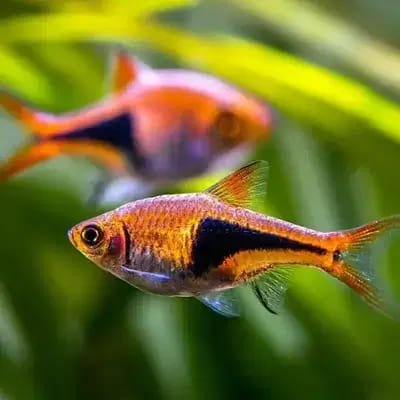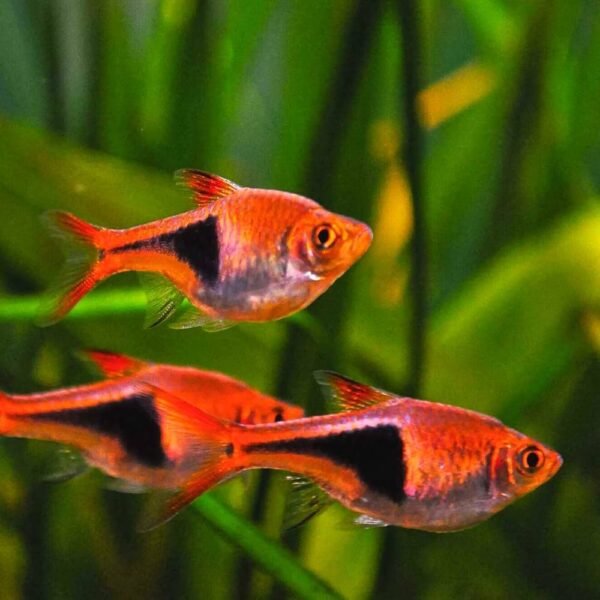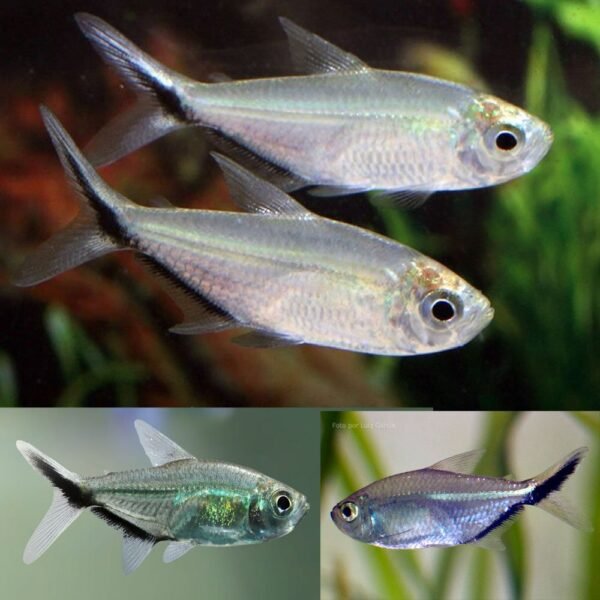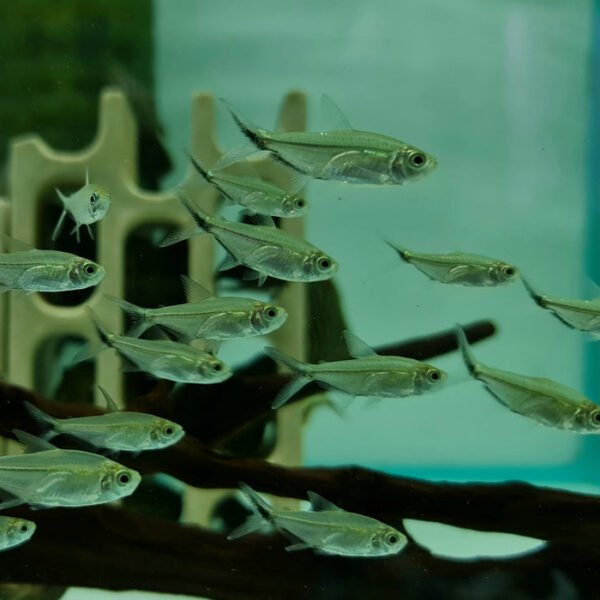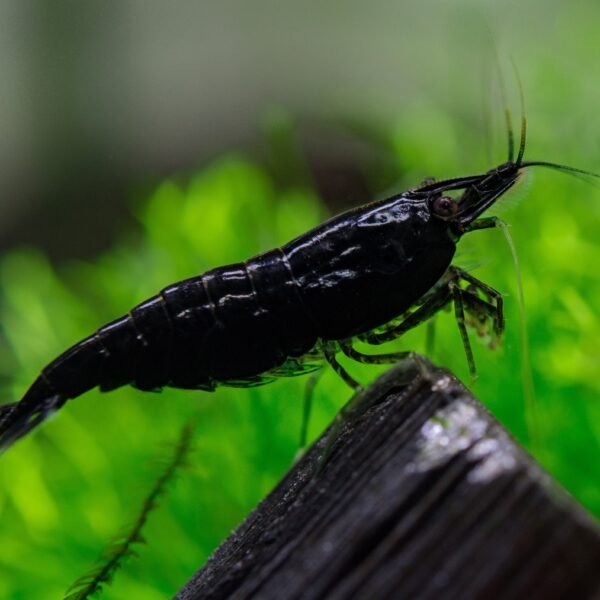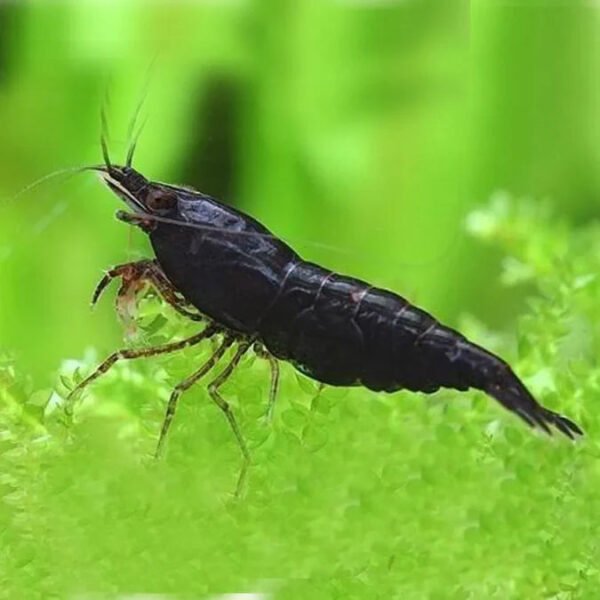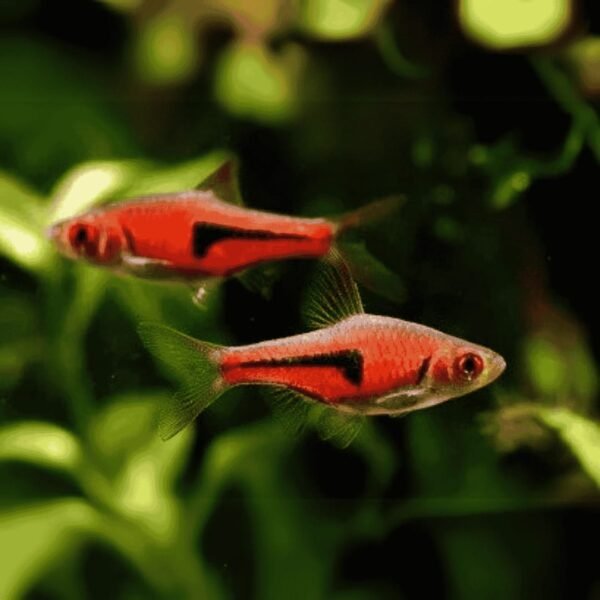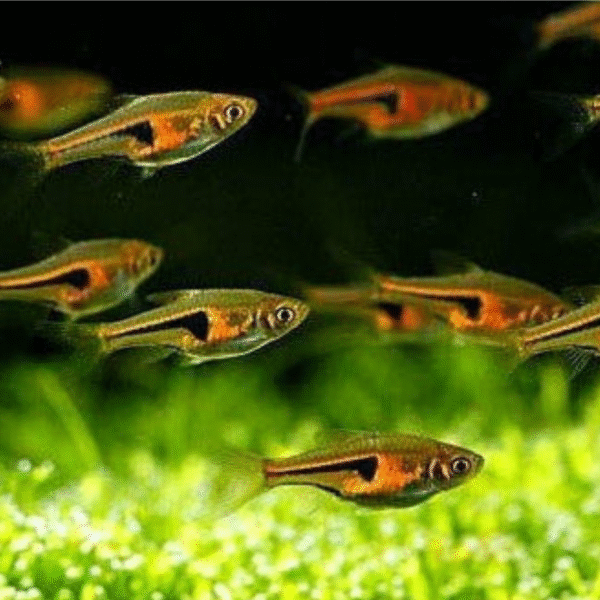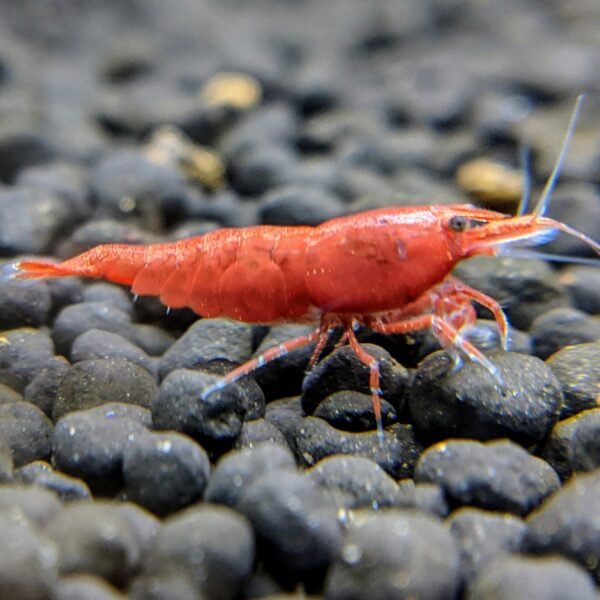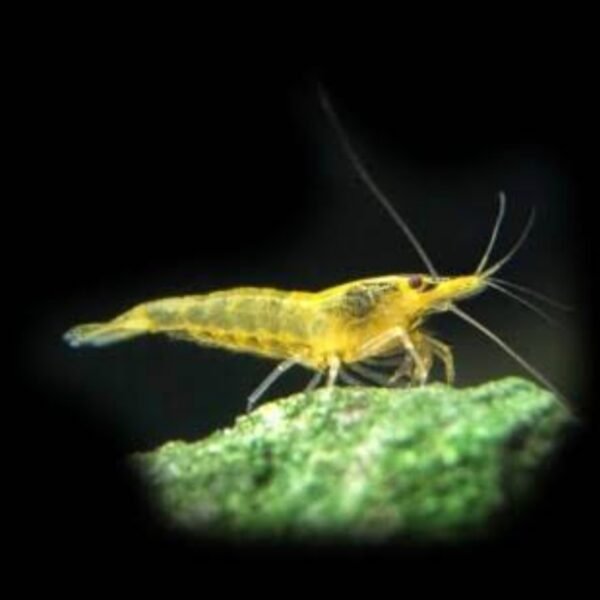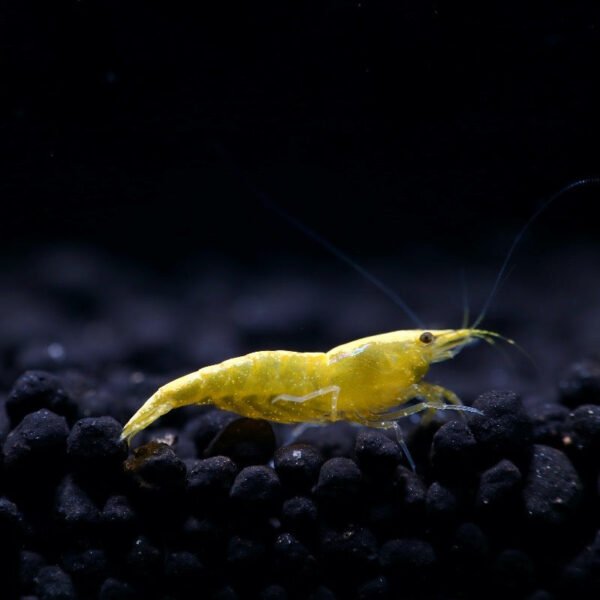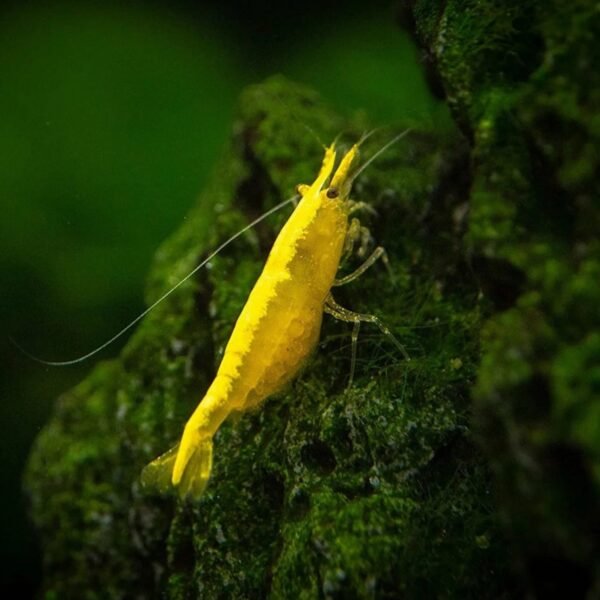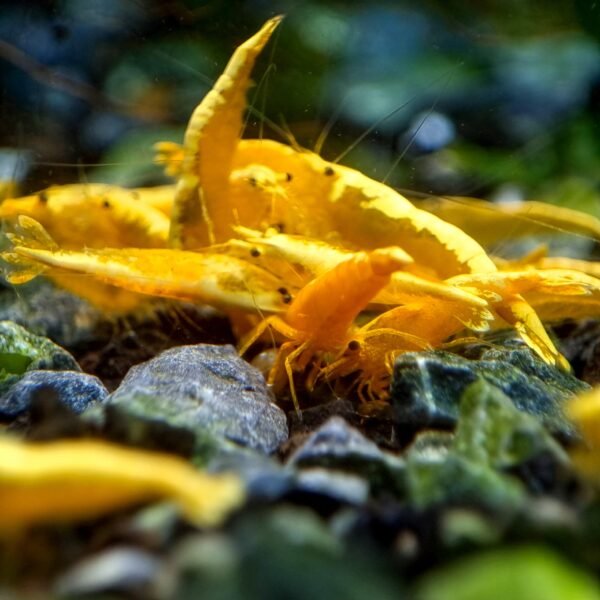Description
🐟 Apistogramma Cichlid
📌 Basic Info
-
Scientific Name: Apistogramma species (over 90+ types like Agassizii, Cacatuoides, Borellii, etc.)
-
Family: Cichlidae
-
Origin: South America (Amazon Basin)
-
Size: 2 – 3.5 inches (5 – 9 cm)
-
Lifespan: 3 – 5 years
-
Tank Zone: Bottom to Mid
🌊 Water Parameters
-
TDS: 50 – 150 ppm
-
pH: 5.5 – 7.0 (slightly acidic preferred)
-
Temperature: 24 – 28°C (75 – 82°F)
-
Hardness: 2 – 10 dGH
🐟 Characteristics
-
Small, colorful dwarf cichlids with many varieties (reds, blues, yellows, and patterned fins).
-
Males are larger and more colorful, females smaller and rounder.
-
Peaceful compared to other cichlids, but territorial when breeding.
-
Intelligent, active, and often interact with owners.
🍽️ Food
-
Type: Omnivorous (with preference for protein).
-
Diet: High-quality micro pellets, flakes, frozen/live foods (brine shrimp, bloodworms, daphnia).
-
Feeding: 1–2 times daily, small portions.
🛠️ Maintenance
-
Tank Size: Minimum 20 gallons for a pair, larger if keeping harems or multiple males.
-
Filtration: Gentle filtration – they don’t like strong currents.
-
Decor: Provide plenty of caves, driftwood, leaf litter, and plants (they love hiding places).
-
Water Change: 20–30% weekly.
👥 Social Behavior
-
Minimum Group Size: Best kept as a pair or 1 male + 2–3 females (harem style).
-
Tank Mates: Tetras, rasboras, pencilfish, corydoras, small plecos, shrimp (with caution).
-
Avoid: Large/aggressive fish or fin nippers.
✅ Do’s
-
Provide lots of hiding spots (caves & plants).
-
Keep in soft, slightly acidic water for best colors.
-
Keep them with peaceful community fish.
❌ Don’ts
-
Don’t keep multiple males in small tanks – they fight.
-
Don’t use strong filters – they prefer calm waters.
-
Don’t keep with very aggressive or large fish.
⭐ Quick Tips
-
One of the most beautiful dwarf cichlids.
-
Ideal for planted aquariums.
-
Known for their interesting breeding and parenting behavior.



